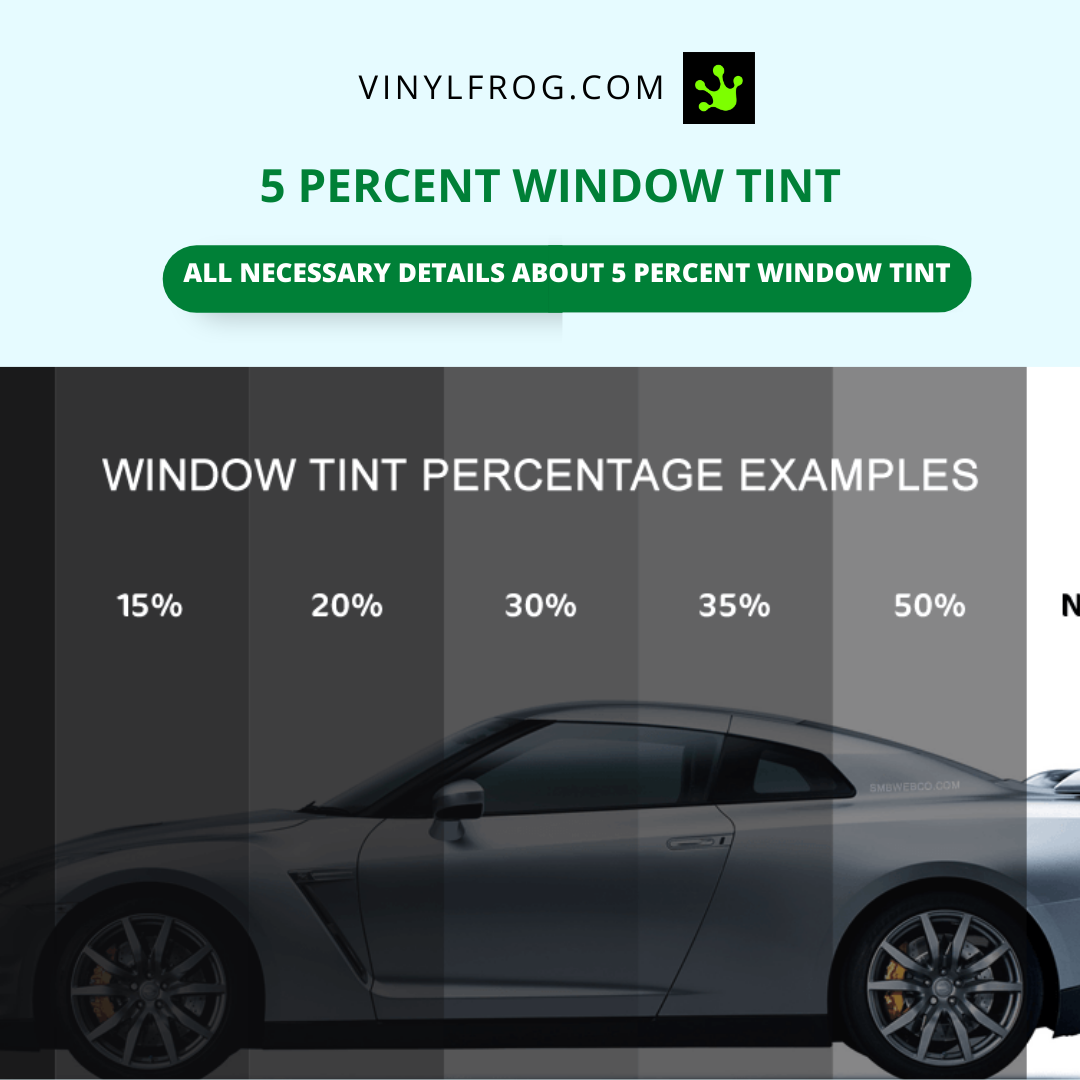Why Auto Window Tinting is a Must-Have for Modern Autos
Why Auto Window Tinting is a Must-Have for Modern Autos
Blog Article
Home Window Tinting Laws and Guidelines: What You Required to Know Prior To Tinting Your Car
Before continuing with home window tinting for your automobile, it is necessary to familiarize yourself with the diverse regulations and standards that govern this method throughout various states. These policies dictate the permitted degrees of color darkness, commonly determined by visible light transmission (VLT) percentages, and consist of particular terms for front windscreens targeted at making sure roadway security. In addition, particular jurisdictions might use clinical exceptions for individuals with qualifying conditions. Understanding these intricacies can conserve you from possible legal ramifications, but what are the specific regulations in your state?
Overview of Window Tinting Laws
Window tinting legislations are regularly based on variation across various jurisdictions, showing neighborhood laws and security considerations. These legislations determine the acceptable levels of color darkness and reflectiveness on automobile home windows, making certain that drivers maintain appropriate exposure while additionally protecting against harmful UV rays and warmth.
A lot of policies classify home window tinting based upon the Visible Light Transmission (VLT) percent, which indicates the quantity of light that can pass via the home window. Typically, lower VLT percents represent darker colors. Laws typically distinguish between the front, side, and back windows, with stricter constraints put on the front windshield to enhance safety and security for both the driver and various other road customers.
Furthermore, some territories impose constraints on the reflectivity of the tint, avoiding too much glare that can harm visibility. Exceptions to these laws might exist for individuals with specific medical conditions requiring added sun protection. Compliance with home window tinting laws is essential, as violations can result in penalties, mandatory removal of the color, and potential rises in insurance costs. It is essential for car proprietors to acquaint themselves with local laws prior to proceeding with home window tinting setups.
State-by-State Color Laws
Recognizing the specific home window tinting regulations in each state is essential for vehicle proprietors looking for to follow the regulation. Each state in the united state has established its own set of policies regulating window tinting, which can vary considerably. These policies frequently dictate the allowable levels of tint darkness, the kinds of windows that can be tinted, and any kind of clinical exceptions that may apply.
For instance, states like The golden state have rigorous limitations on tint darkness for front home windows, while others, such as New Mexico, may allow darker colors. In addition, specific states mandate specific visibility percents for various home windows, consisting of the windscreen, front side home windows, and rear windows. It is crucial for automobile owners to familiarize themselves with their state's regulations to prevent potential penalties or charges.
Additionally, some states might need a qualification sticker label to be put on tinted home windows, indicating conformity with state laws. Failure to stick to these policies not only runs the risk of lawful repercussions however can additionally influence security and exposure while driving. For that reason, car owners need to carry out complete study or consult regional authorities to ensure full understanding and conformity with state-by-state color guidelines.
Allowed Tint Types and degrees
Lots of car proprietors might be surprised to discover that allowed tint degrees and kinds differ extensively throughout different states. Each state has developed its very own learn this here now policies concerning the allowable darkness and reflectivity of window color, commonly determined by Visible Light Transmission (VLT) percentages. VLT describes the quantity of light that can go through the tinted windows; thus, a reduced portion suggests a darker color.

Additionally, the kinds of tint products allowed can vary, with some states banning mirror-like or metal surfaces. It is important for vehicle owners to acquaint themselves with their state's certain regulations to ensure conformity. Non-compliance can lead to fines, necessary removal of the color, or various other legal consequences, making it necessary to recognize these laws prior to proceeding with setup.
Medical Exemptions for Tinting
While not all states provide allocations for clinical exceptions regarding home window tinting, those that do acknowledge the necessity for specific individuals to improve exposure and comfort because of medical problems. Various clinical conditions, such as lupus, skin cancer cells, and specific eye problems, can make people especially conscious sunshine. As a result, these individuals might need darker colors to shield themselves from hazardous UV rays and glare.

It is very important to note that despite having a clinical exception, there might still be limitations on the degree of tint permitted. Compliance with state laws ensures that individuals are both secured and within legal restrictions. Those taking into consideration clinical exceptions should contact their local Department of Motor Vehicles or equivalent authority to comprehend the procedures and needs essential to make an application for an exception efficiently.
Fines for Non-Compliance
Failing to abide with window tinting legislations can bring about considerable penalties, which vary by state. Legislation enforcement companies are equipped to release Discover More Here citations for lorries that do not adhere to the specified tinting laws. These charges normally include fines, which can vary from modest total up to a number of hundred dollars, depending on the intensity of the violation and the state in inquiry.
In some jurisdictions, duplicated offenses might cause intensifying fines or extra fines, such as required court appearances. Furthermore, non-compliance may necessitate the removal of unlawful tinting, usually at the proprietor's expenditure. In extreme situations, habitual culprits might face suspension of their lorry registration till compliance is attained.
Furthermore, insurance effects may arise from obtaining numerous learn this here now citations for home window color infractions. Insurers may check out such offenses as an indication of riskier behavior, potentially bring about enhanced premiums or difficulty in insurance coverage.
To prevent these charges, it is essential for automobile proprietors to acquaint themselves with their local window tinting legislations and make sure that their automobile complies (Window Tinting). This positive method not just prevents lawful implications but additionally advertises road safety and security
Final Thought

Most regulations identify home window tinting based on the Visible Light Transmission (VLT) portion, which indicates the amount of light that can pass through the window. Compliance with window tinting laws is essential, as offenses can result in fines, required removal of the color, and potential boosts in insurance costs.Comprehending the certain home window tinting policies in each state is important for lorry owners seeking to conform with the legislation. These policies commonly determine the allowable levels of color darkness, the kinds of home windows that can be tinted, and any kind of clinical exceptions that may use.
For circumstances, states like The golden state have strict constraints on tint darkness for front windows, while others, such as New Mexico, might enable darker tints.
Report this page